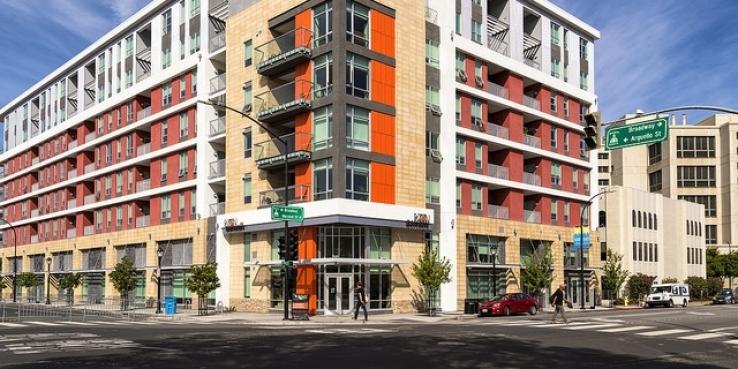It’s no secret that housing costs in the Bay Area are skyrocketing. Over the past 20 years, home prices have risen roughly 160 percent above inflation in San Jose, 210 percent in Oakland and 200 percent in San Francisco, while Peninsula cities like Palo Alto and Mountain View have seen increases of roughly 300 and 250 percent respectively, causing overcrowding and exacerbating homelessness and pushing working people to the edge of the region,. (All percentages are based on Zillow’s median Home Value Index for all homes, taken as an average of monthly median values for each city in 1996 and 2016.) At the same time, the region is slated to add another 820,000 households by 2040, putting even more pressure on scarce available housing.
So what needs to be done? Governor Brown recently signed a package of 15 state housing bills that take steps forward on California’s need to build more housing and fund more affordable housing. While this flood of new housing legislation is unprecedented, it’s clear that these are just the first of many moves needed to make a real dent in the housing challenges we face in the Bay Area and across the state.
Inspired by Seattle’s Housing Affordability and Livability Agenda (HALA), this year the Metropolitan Transportation Commission and the Association of Bay Area Governments convened a group of regional stakeholders to develop bold solutions to address the region’s housing challenges. CASA, the Committee to House the Bay Area, will spend the next year building consensus on the “three Ps”: increasing housing production, preserving housing and protecting residents from displacement. CASA’s two committees — steering and technical — include a diverse set of local elected officials, representatives from labor, business, real estate and nonprofit groups (including SPUR), planning and housing advocates, city staff and others among their members.
SPUR has drafted an agenda for CASA, our recommendations on how to move the needle forward on the first P, increasing production of new housing. We believe the following 11 key actions would — if taken — make great strides toward the goal of increasing housing affordability over the long run.
- Overhaul the process the state and region use to project how much housing cities should be approving and building. The process should more accurately forecast housing demand, account for existing housing deficits and zone for more housing.
- Create an appeals body with the authority to override local decisions and issue land use entitlements and building permits.
- Give more money — in the form of transportation and infrastructure funding — to cities that build housing.
- Reform the tax system to shift the incentive structure away from zoning for commercial uses and toward zoning for housing.
- Reform the state’s environmental protection law (CEQA) to prevent and limit abuses of the law that misuse it to delay or kill housing development in already-developed areas.
- Create new sources of funding for affordable housing.
- Change zoning to allow higher density multifamily housing in already-developed locations close to transit and in higher-income areas with access to good jobs and high-performing schools.
- Create housing that is affordable by design, including smaller, more efficient units and in-law units. These cost less to produce and can make new housing available at more attainable prices.
- Reform parking requirements to eliminate parking minimums, require parking to be priced separately from housing and encourage shared parking.
- Ensure that housing development fees are feasible so that housing production is not inhibited by impact fees or inclusionary requirements.
- Preserve existing housing that is occupied by low-income households.
The challenges to finding regional solutions to our housing problems are many. We must grapple with the issue that while housing is a regional problem, land use decisions are made locally, so our regional governmental entities have limited power to make meaningful change. Cities and their local elected officials have little incentive to make decisions that might benefit the broader region over their own voters, creating a “tragedy of the commons” or what we would call a collective action problem.
As a result, much of SPUR’s agenda for CASA requires action by the state legislature rather than by the Metropolitan Transportation Commission or the Association of Bay Area Governments (though we do support efforts by MTC to condition transportation funds to local housing production). Some of the actions we propose are implementable by willing local jurisdictions, but in order to ensure compliance across California (and by reluctant municipalities), the state will need to wield both carrots and sticks.
SPUR submitted this agenda of 11 actions to the CASA co-chairs in September. CASA is envisioned to take 16 months to reach consensus on a package of housing solutions that would address multiple priorities of planners, advocates, developers and elected officials, wrapping up in October 2018. In spite of the challenges, we hope that over the next year, the CASA committees will be able to identify a path forward to new state legislation and regional actions that are strong and effective — and that everyone in this “big tent” of stakeholders can agree on.
